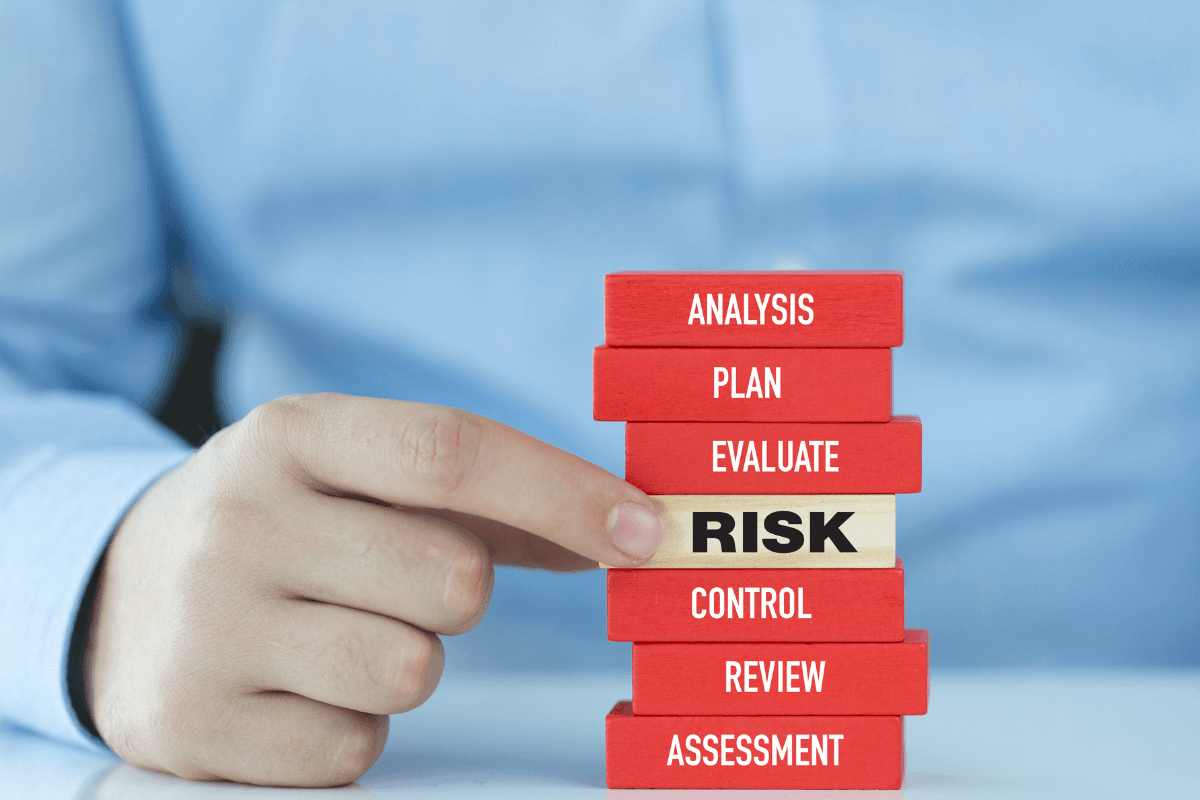Nov 26, 2024
Selecting a new site for your business involves more than just finding a place with enough square footage. Location decisions should account for various factors like economic stability, political risks, and environmental conditions, all of which can influence the site’s success. With data-driven insights, companies can make better-informed choices, ensuring their new location supports growth and reduces potential risks.
Evaluate Economic Stability
Choosing a site in a region with a stable economy can help ensure long-term success. Economic stability reduces the risk of inflation spikes, regulatory changes, or business interruptions due to local financial issues.
Economic data allows you to analyze trends in local markets, unemployment rates, and cost of living—helping you find locations with a strong economic foundation for your business.
Analyze Environmental Factors
Weather conditions, natural disaster frequency, and local environmental regulations should be top of mind when choosing a site. Understanding these factors ahead of time lets you prepare for potential disruptions or avoid areas prone to frequent environmental issues.
Environmental data can show which regions are more prone to specific natural events like flooding, fires, or hurricanes. Companies can then choose sites that minimize their risk exposure.
Consider Political and Regulatory Stability
Business-friendly environments aren’t just about tax incentives—they’re also about consistent policies and regulations that support growth. Political stability is a key factor in making a long-term location decision.
Real-time political risk tracking can alert you to regions experiencing regulatory changes or instability. This allows your business to avoid locations where sudden policy shifts might disrupt operations.
Assess Proximity to Key Markets and Suppliers
Proximity to key customers or suppliers can significantly impact shipping times, logistics costs, and overall operational efficiency. Choosing a location that balances proximity to markets and stability can provide a competitive advantage.
By analyzing logistics and market data, companies can see where their customers and suppliers are concentrated. This helps in finding sites that offer both access and stability.
Wrapping Up
Site selection is more than just picking a location—it’s about finding a place that supports growth and minimizes risks. With data-driven insights from Flutter Labs, businesses can choose locations confidently, knowing they’re backed by a clear understanding of economic, political, environmental, and logistical factors.




